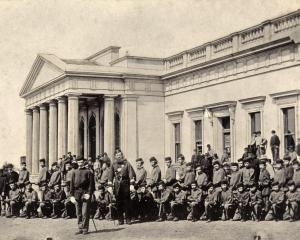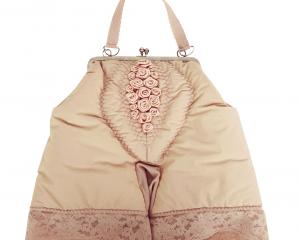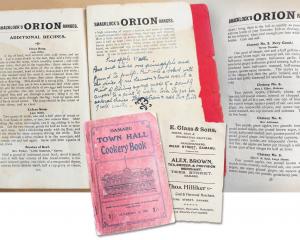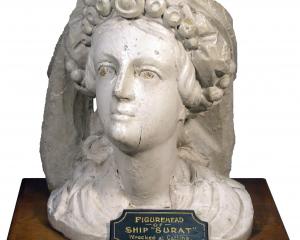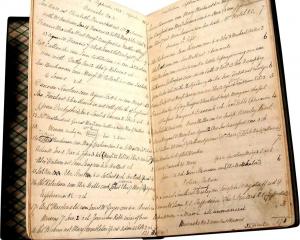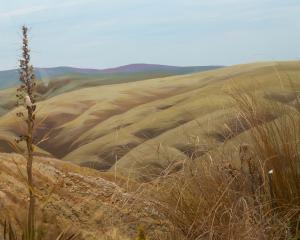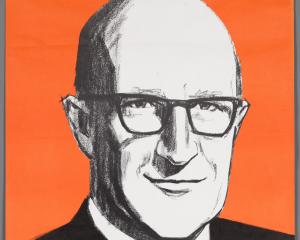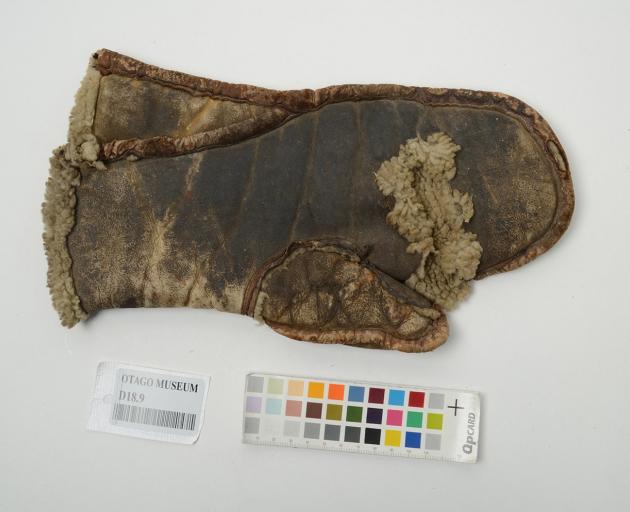
Aurora had been blown from her mooring in Cape Evans during a gale, and had drifted, trapped in pack ice, for months.
Joseph Stenhouse, her captain during that perilous time, made contact with the Otago Museum soon after his arrival in Dunedin to ask for a taxidermist's assistance preserving the frozen faunal specimens in the ship's hold. The museum's curator, William Blaxland Benham, agreed and, as the Otago Daily Times reported, "a very fine collection of bird-skin specimens of the Emperor penguins, Adelie penguins, skua gulls, giant petrels, seals, leopards, etc., has been brought from the Antarctic. Mr Herbert Gibson (official taxidermist at the University) is engaged in inspecting the specimens on board the Aurora."
Mr Gibson had been appointed taxidermist at the Otago Museum in 1911. Although Benham had told the Otago University Council in late 1910 that he "did not need a first-class man, but one capable of being taught the various methods of mounting and displaying specimens", he soon acknowledged Gibson's skills, his considerable experience in taxidermy, and knowledge of cabinetmaking.
Benham consistently praised Gibson's helpfulness, conscientiousness and sense of responsibility. In the decade following his appointment, he also frequently mentioned the variety of tasks Gibson undertook, such as making and repairing old display cases, repairing skeletons, dusting case contents, mounting specimens, refilling jars from which spirit had evaporated, placing naphthalene in storage cabinets, making gelatine casts of fish and lizards, excavating a fossil whale skull from a block of limestone ("a tedious task"), and "painting the dried crustacea, so as to give them a more life-like appearance". He also accompanied visitors to the Hocken Library (then in a wing of the museum) when the librarian was occasionally absent. Besides this, Gibson was allowed to maintain a private taxidermy business, mounting sporting trophies and other specimens, from his home.
Gibson spent weeks working at Port Chalmers. A display of expedition equipment and natural science specimens during an open weekend for which the Aurora was towed to the Rattray St wharf, and a display at the Otago Winter Show - both raising funds for the Red Cross - allowed the public to see some of the results. Partly in return for his time and skills, the museum was given a number of the specimens for its collection. The following year, Mr Benham described a newly installed case illustrating life of the Antarctic region, for which Gibson painted the background: "... the scene represents at the back mountains and a glacier, and the rest of the case is occupied by the rocky shore, covered by ice, sloping down to the frozen sea in the foreground ... A Crab-eating Seal ... is rising through a hole in the ice ... At the back are three of the large Emperor Penguins ... and scattered about on the rocks are several of the little Adelie Penguins ..."
The museum was also given a few items of equipment, including the pair of leather boots recently shown in our est. 1868 exhibition, and a sledge taken south as part of Robert Falcon Scott's tragic expedition, then found, reused and returned by the ITAE.
Separate to these was a personal gift to Mr Gibson from the Aurora's crew - a steersman's sheepskin glove. Worn and torn, perhaps about to be thrown away, it is easy to see it as an expression of comradeship during his weeks of work on the ship, helping to preserve material evidence of their ordeal. There were no doubt jokes about cold hands, freezing temperatures, and the taste of penguins and seals. Gibson gave the glove to Otago Museum in 1918.
- Moira White is Curator, Humanities, at Otago Museum.




